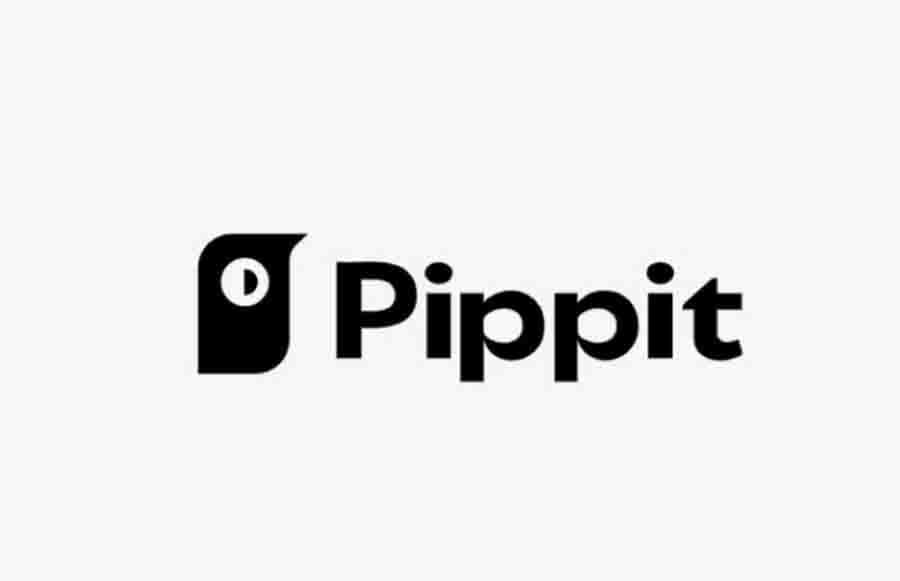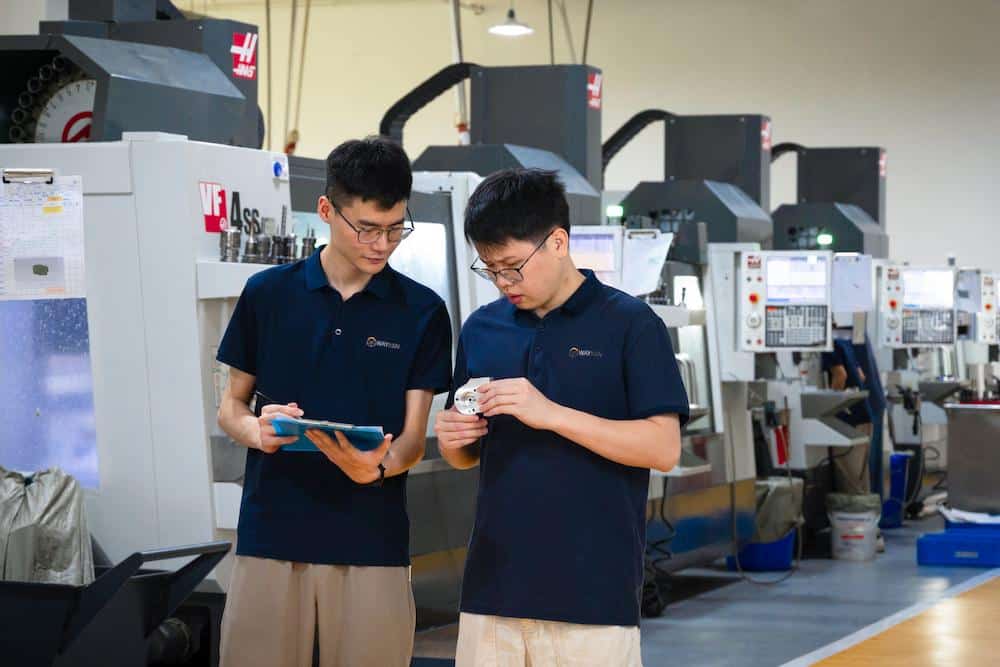Payroll management has evolved into a crucial and multifaceted aspect of running a successful organization, particularly as workplace dynamics continue to shift. Today’s businesses face a growing array of employment types, regulatory complexities, and rising employee expectations.
In this environment, the payroll process is no longer just about paying people on time—it’s also about ensuring compliance, offering convenience, and safeguarding sensitive data. Fortunately, digital innovation has paved the way for smarter payroll practices. By embracing modern technology and switching to cloud-based payroll tools, companies are managing payroll more efficiently than ever before.
These advancements are enabling organizations to streamline their operations, minimize costly administrative burdens, and build greater trust and satisfaction among their workforce.
Leveraging sophisticated payroll software enables organizations to eliminate repetitive tasks, minimize manual calculations, and provide both managers and employees with real-time visibility into their pay and benefits. What was once a back-office function with little visibility has now transformed into a strategic element of business growth. Employees benefit from seamless, transparent processes, while businesses avoid errors, delays, and legal issues—ultimately creating a more attractive work environment.
Embracing Automation and AI in Payroll
Modern payroll departments are moving beyond their dependence on traditional, manual spreadsheets, transitioning to automated, AI-driven systems that can accomplish tasks in minutes that once took hours. Automation takes control of routine tasks such as tracking work hours, managing varying deduction scenarios, calculating overtime, and automatically generating payroll reports. These systems minimize human error—one of the leading causes of payment discrepancies and employee frustration.
Additionally, AI technologies enable payroll software to analyze historical data and trends, quickly identifying outliers or inconsistencies that could indicate a mistake or possible fraud. By eliminating repetitive and error-prone processes, payroll professionals are freed up to focus on strategic responsibilities, such as analyzing workforce costs and planning future compensation strategies.
Adopting Cloud-Based Payroll Solutions
Making the switch to a cloud-based payroll platform is one of the most impactful changes organizations can make to keep pace with the demands of a modern workforce. Unlike older systems that require in-house servers or localized access, cloud payroll offers round-the-clock accessibility from virtually anywhere, whether employees work on-site, remote, or across multiple geographies. This flexibility is vital in an age where hybrid and remote work have become the norm.
Cloud solutions also facilitate seamless integration with broader HR, benefits, and time-tracking platforms, establishing a comprehensive and up-to-date database for efficient decision-making. Security is a top concern—cloud providers deliver sophisticated protection measures, including robust encryption, multi-factor authentication, and frequent system backups to safeguard sensitive payroll data.
These improvements have made it easier for companies of all sizes to scale operations and adapt rapidly to workforce changes or growth opportunities, all while keeping payroll data secure and manageable.
Implementing Employee Self-Service Portals
From checking pay stubs to updating personal information, employee self-service portals have become a hallmark of forward-thinking businesses. Rather than submitting requests to HR or payroll departments, employees now have the autonomy to manage aspects of their payroll experience directly.
These user-friendly portals enable staff to view pay statements, request time off, and adjust tax withholding in real-time, all while maintaining confidentiality and control over their personal data. The result is faster resolution of common payroll questions and fewer interruptions for HR personnel.
This increased transparency and empowerment build a more accountable workplace culture and lead to higher employee engagement, as people gain confidence in their ability to verify and manage their compensation independently. Recent research indicates that a vast majority of employees prefer organizations that prioritize self-service payroll functionality, viewing it as a core component of a positive workplace experience.
Ensuring Compliance Through Regular Updates
Payroll rules, including tax rates, wage laws, and recordkeeping standards, change frequently on the federal, state, and local levels. Compliance remains one of the most significant pain points for organizations, with slip-ups sometimes leading to costly penalties or damage to a company’s reputation.
Today’s advanced payroll systems automatically update to reflect the most current regulations, alerting administrators to relevant changes, adjusting deductions or filings as needed, and generating up-to-date reports to share with auditors or management. This level of automation significantly reduces the risk of noncompliance, alleviates stress for payroll teams, and ensures that company resources aren’t diverted to addressing regulatory issues.
Organizations using compliant payroll software are not only prepared for routine audits but also avoid many of the hidden costs associated with failing to keep up with legislative changes.
Leveraging Integrated Payroll and HR Systems
The value of integrating payroll software with HR systems cannot be overstated. By centralizing workforce data—everything from hiring documents to benefits enrollment and time tracking—organizations gain a single, unified system that’s easy to update and maintain.
Integrated platforms eliminate the need for multiple stand-alone databases, reducing duplication of effort and enabling smoother onboarding and offboarding experiences. This is particularly valuable for companies with complex organizational structures, such as those relying on contractors, seasonal staff, or multiple office locations. The resulting increased efficiency and data integrity enable HR and payroll teams to be more agile and responsive in supporting business needs and employee requests.
Offering Flexible Payment Options
As workforce demographics broaden and financial needs fluctuate, companies are recognizing the value of providing multiple payment options. Offering choices such as direct deposit, pay cards, paper checks, or earned wage access demonstrates an understanding of diverse employee preferences and situations.
On-demand pay, in particular, allows employees to access a portion of their earned wages before the scheduled payday, providing much-needed flexibility in managing personal finances and reducing financial stress.
This flexibility is more than just a perk—it’s increasingly seen as a competitive factor for attracting and retaining talent, especially among younger workers or those facing emergency expenses. By addressing the evolving needs of their staff, businesses deepen employee loyalty and develop a reputation for being responsive and employee-centric.
Providing Comprehensive Training and Support
Ensuring the successful rollout of any new payroll solution relies on delivering extensive training and ongoing support to all stakeholders involved. This process begins with clear communication and hands-on onboarding for HR and payroll staff, ensuring they understand every feature and best practice.
Well-structured training programs encompass live demonstrations, interactive online modules, and step-by-step guides, making new systems less intimidating and more accessible for users at all skill levels. Continuous access to expert support—whether through a dedicated help desk or a robust knowledge base—encourages staff to proactively address issues or ask questions, reducing the risk of errors and supporting seamless payroll runs.
Conclusion
Simplifying payroll processes brings substantial benefits to today’s organizations, including increased efficiency, regulatory compliance, and enhanced employee satisfaction. The adoption of automation, advanced cloud-based solutions, seamless integration, and empowering self-service features is transforming how payroll is managed and experienced.
Companies that keep pace with these innovations are better positioned to meet employee expectations, drive business growth, and maintain a culture of trust and transparency. By making payroll simpler, smarter, and more secure, businesses lay the groundwork for long-term success for both their teams and their bottom line.





































